
The Artistry of Arabic Fonts: The Beauty of Arabic Typography
Arabic fonts are more than just a means of written communication; they are a testament to the rich and diverse cultural heritage of the Arab world. Arabic calligraphy, in particular, has been an art form for centuries, with intricate and ornate scripts that are not only functional but also aesthetically pleasing.
We aim to unveil the fascinating world of Arabic fonts and discover places where their beauty can be seen.
The Beauty of Arabic Fonts
Arabic calligraphy is renowned for its intricate and diverse styles, each with its own unique charm. Some of the most prominent Arabic script styles include:
1. Naskh: Known for its legibility, Naskh is often used in printed materials, including books, newspapers, and official documents.
2. Nastaliq: A flowing and cursive script, Nastaliq is frequently used in poetry and artistic compositions. Its elegant, curving lines make it a favourite for handwritten manuscripts.
3. Diwani: Diwani is characterized by its ornate and complex design. It is often used for decorative purposes, such as in architectural inscriptions or on certificates and awards.
4. Thuluth: Thuluth is known for its elongated and vertical forms. It is commonly used in monumental inscriptions, especially in Islamic architecture.
5. Kufic: Kufic is one of the oldest Arabic script styles, known for its square and angular characters. It is often seen in historical manuscripts and inscriptions.
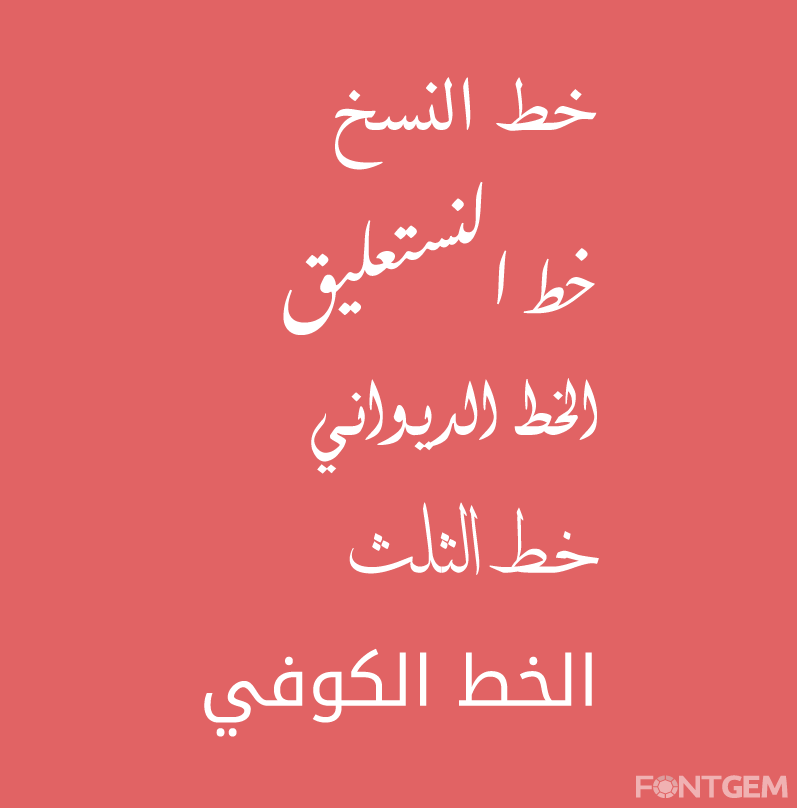
Arabic fonts are not limited to traditional calligraphy. Modern typography has also embraced Arabic scripts, creating a fusion of tradition and innovation. This has led to the development of numerous contemporary Arabic fonts, suitable for various design purposes, from logos and websites to advertising and branding.
Examples of Where You Can See Arabic Fonts
1. Dubai, UAE: Dubai, the dazzling metropolis of the United Arab Emirates, is a prime example of where Arabic fonts take centre stage. From the monumental Burj Khalifa, the world's tallest skyscraper, to the luxurious Burj Al Arab, Arabic calligraphy adorns numerous architectural marvels.
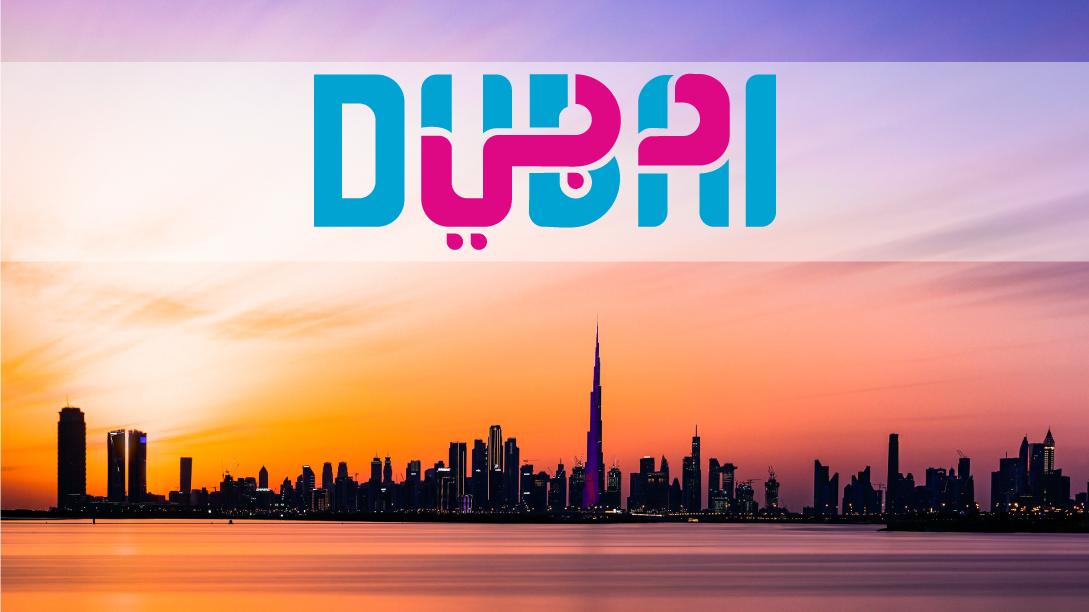
The Dubai Mall, one of the largest shopping malls globally, features Arabic typography in its signage, seamlessly blending modernity with tradition. Visit Dubai Visa UK to find out more about how you can get to Dubai from the United Kingdom and observe this elegant typography yourself.
2. Mosques: Across the Arab world and beyond, mosques are adorned with beautiful Arabic calligraphy. The intricate scripts often appear on the mosque's walls, domes, and minarets. The Sheikh Zayed Grand Mosque in Abu Dhabi, for instance, showcases stunning examples of Arabic calligraphy.
3. Art Galleries: Arabic calligraphy is a popular subject in the art world. You can find exhibitions and galleries dedicated to showcasing contemporary Arabic calligraphy and typography. These exhibitions often feature the work of talented calligraphers who push the boundaries of traditional scripts.
4. Branding and Advertising: Arabic fonts are widely used in branding and advertising throughout the Arab world. Renowned companies like Emirates Airlines and Al Jazeera use Arabic calligraphy in their logos and promotional materials to reflect their cultural roots and connect with their target audiences.
5. Digital Media: With the rise of the internet, Arabic fonts have found their place in digital media as well. Websites, mobile apps, and social media platforms frequently incorporate Arabic typography to cater to Arabic-speaking users.
Dubai, as a global hub for commerce and culture, has numerous brands that embrace Arabic fonts in their logos and branding materials to connect with their local and international audiences. Here are some examples:
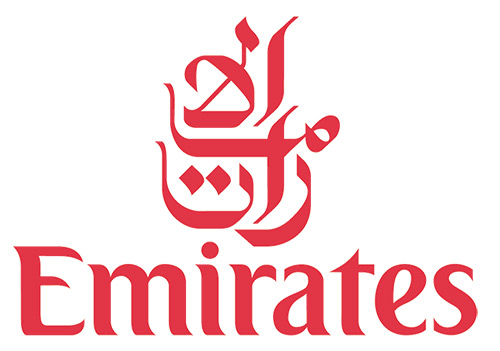
1. Emirates Airlines: One of the most well-known airlines globally, Emirates prominently features Arabic calligraphy in its logo. The Arabic script of "Emirates" reflects the airline's United Arab Emirates' origins and cultural identity.
2. Burj Al Arab: The iconic Burj Al Arab, often referred to as the "7-star hotel," uses elegant Arabic calligraphy in its branding. The hotel's name is displayed in both English and Arabic, with the Arabic script adding a touch of sophistication to its visual identity.
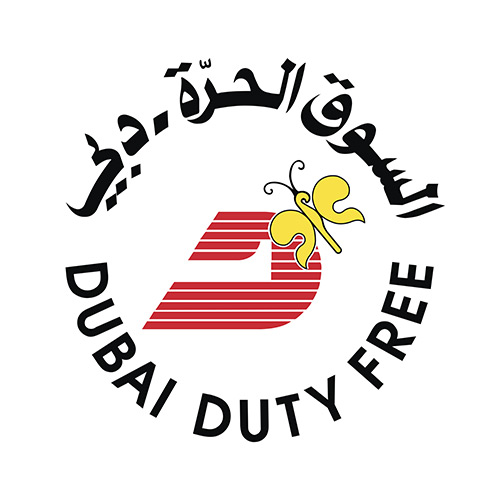
3. Dubai Duty-Free: Dubai Duty-Free, a major retail operator at Dubai International Airport, incorporates Arabic fonts in its branding to cater to its diverse customer base, which includes both local and international travellers.
4. Emaar Properties: Emaar is a prominent real estate developer in Dubai responsible for iconic projects like the Burj Khalifa and the Dubai Mall. Arabic typography is featured in their branding, emphasizing their strong connection to the city's architectural marvels.
5. Dubai Metro: The Dubai Metro, one of the most advanced and extensive metro systems in the world, integrates Arabic fonts into its signage, making it easy for both residents and tourists to navigate the city.
6. Al Jazeera: While Al Jazeera is a Qatar-based news network, it has a significant presence in Dubai and the broader Middle East. Their logo incorporates Arabic calligraphy to emphasize their regional roots.
7. Al-Futtaim Group: A diversified conglomerate with operations spanning automotive, retail, real estate, and more, the Al-Futtaim Group uses Arabic script in its corporate logo and branding materials, showcasing its connection to the Middle East.
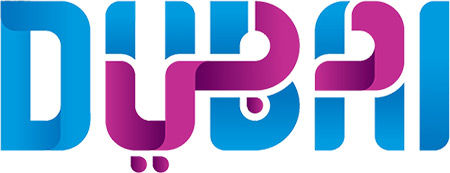
8. Dubai Tourism: The Dubai Department of Tourism and Commerce Marketing (Dubai Tourism) uses Arabic fonts alongside English in its promotional materials to promote the city as a tourist destination. Arabic calligraphy adds a cultural touch to their marketing efforts.
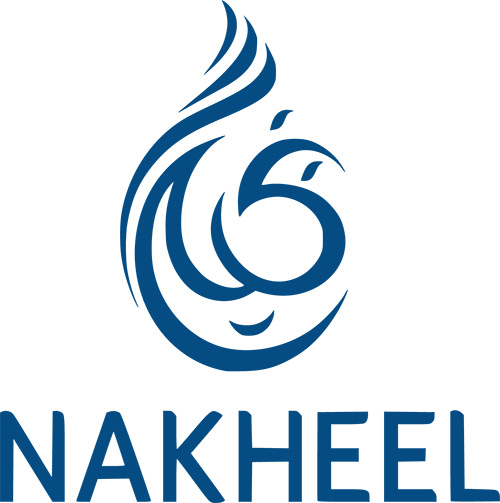
9. Nakheel: The developer behind iconic Dubai projects like the Palm Jumeirah and The World Islands, Nakheel incorporates Arabic fonts in its branding to emphasize its role in shaping Dubai's skyline.
10. Jumeirah Group: Known for its luxurious hotels and resorts, the Jumeirah Group often incorporates Arabic calligraphy in its logos and branding to evoke a sense of Arabian hospitality and luxury.
These examples demonstrate how brands in Dubai use Arabic fonts and calligraphy to celebrate their cultural heritage, create a local connection, and appeal to a diverse global audience. Arabic typography plays a significant role in conveying the essence of Dubai's identity as a dynamic and cosmopolitan city rooted in tradition.
Arabic fonts and calligraphy are more than just written forms of communication; they are a reflection of the rich history and culture of the Arab world. From the graceful curves of Nastaliq to the bold lines of Kufic, Arabic typography is an art form that continues to captivate and inspire.
Whether you're strolling through the streets of Dubai, visiting a historic mosque, or exploring the world of digital design, you're likely to encounter the beauty and elegance of Arabic fonts, serving as a reminder of the enduring legacy of this ancient script in the modern world.











